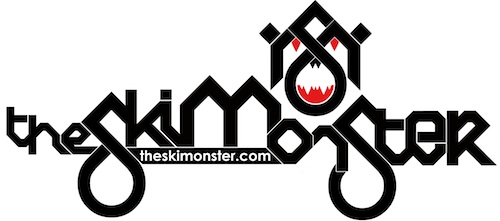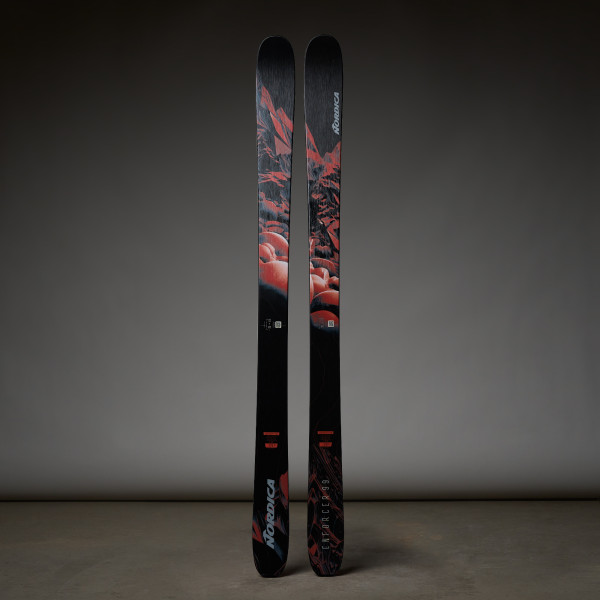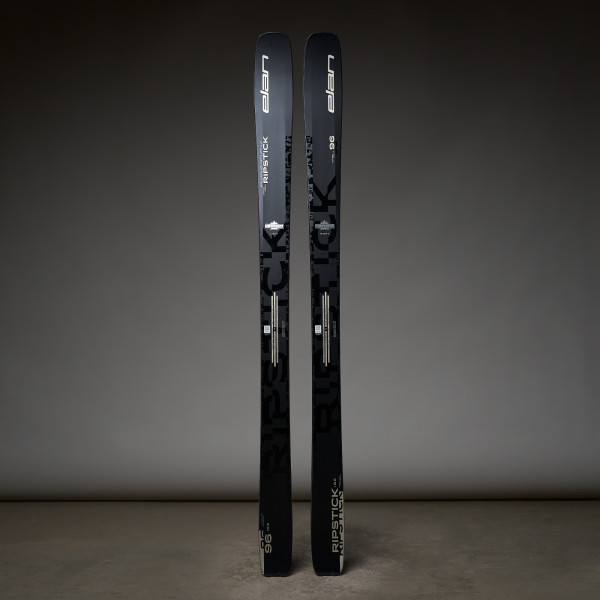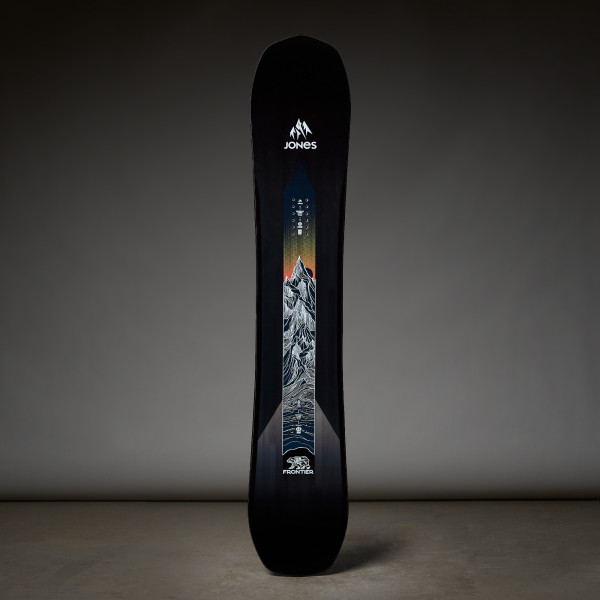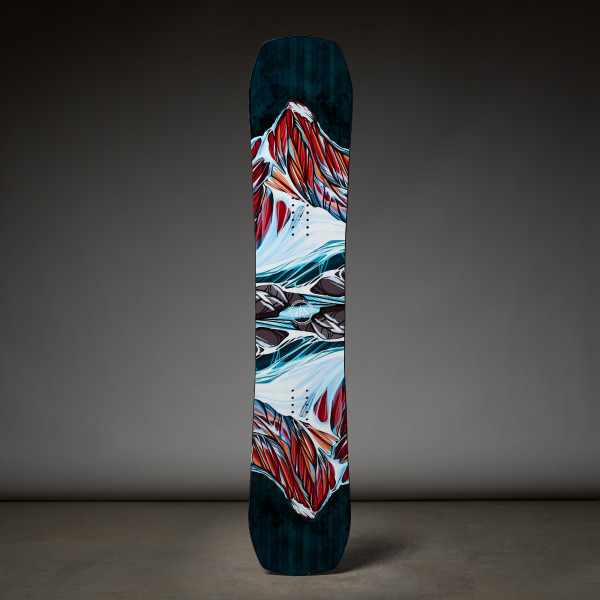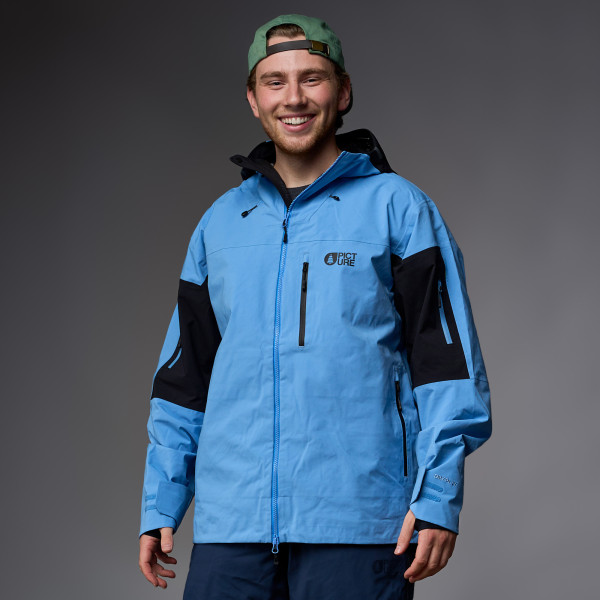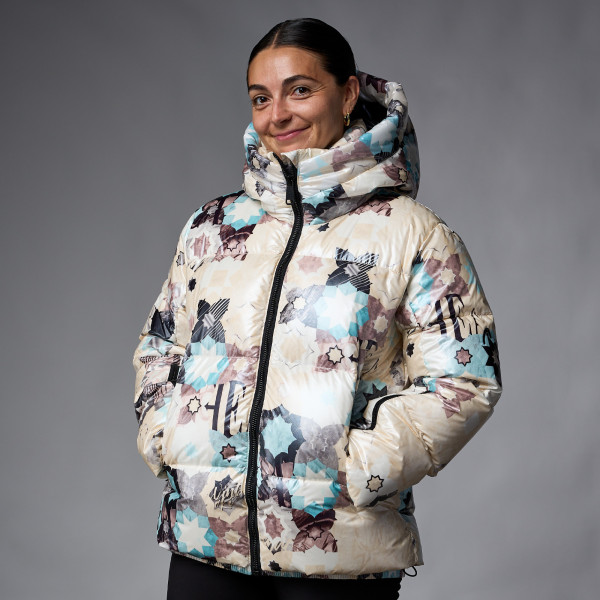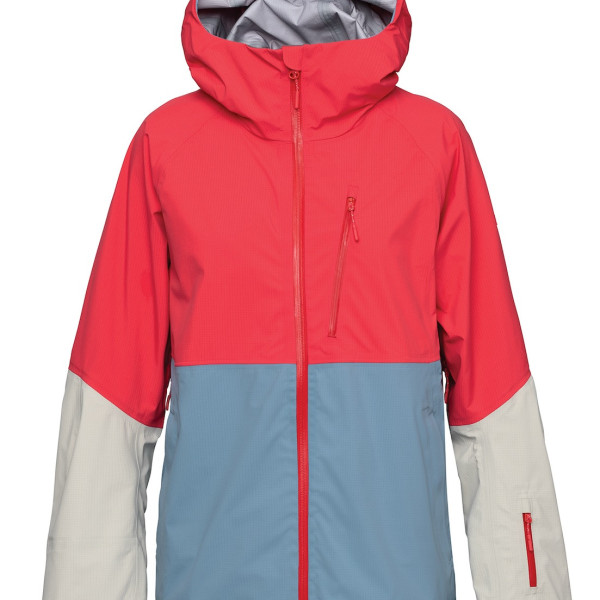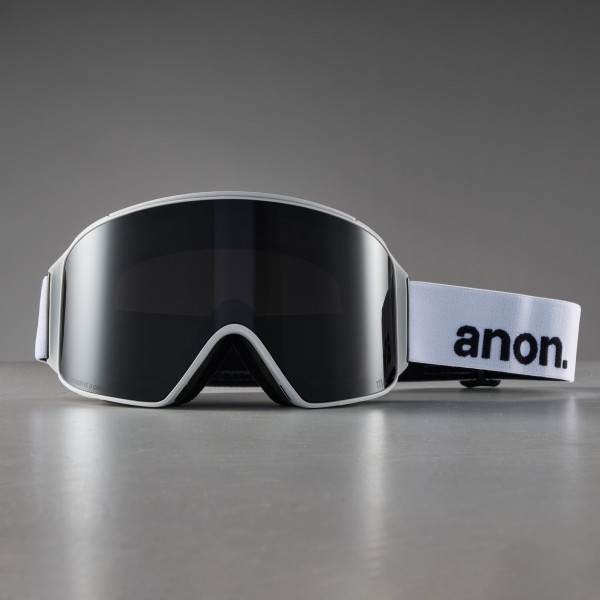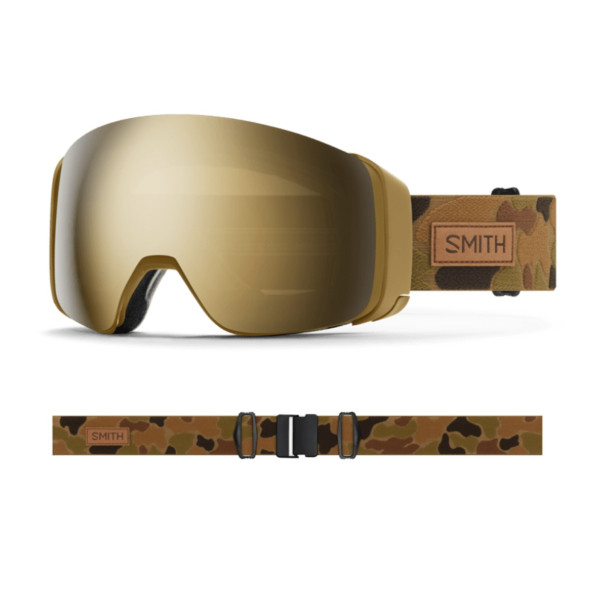Your Shopping Cart
Hot Items
Ski & Snowboard Outlets
How to Pick: Twin vs. Directional Snowboards
Posted June 26, 2014 @ 11:32am | by The Ski Monster
Snowboards sell themselves. Some of our customers walk into the shop and choose their boards based on the graphics. Some of our customers lap the park all day and buy softer boards that they can take to the mountain or to the streets. The sad truth about snowboards is that there’s not much of as much difference between them like there is with skis. If you ride park or live somewhere where it snows enough to have a powder board then you buy a board with a rocker profile. If you live in the Midwest or New England and just like to go as fast as possible on the gaudy 8 inch, ice-caked cover then you probably buy a good ol’ camber board or at least something more stiff that can handle the exhilarating feeling of high speed chatter on the hardpack of Ripsaw. #southpeakforlyfee.
Anyways, Rocker v. Camber is the classic snowboard construction debate. It’s what you expect customers to ask when they come to the shop.
The Twin v. Directional conversation almost never comes up in the store, mostly because it’s pretty self-explanatory--if you ride park and land switch frequently then you buy a true twin. If you’re just cruising and carving on trail then you buy a directional board with a little more nose than tail. But when this discussion does come up, it’s good. It means that the customer knows what he or she wants and that they took some time to do some research before shelling out 600 bucks for a p-tex encased piece of wood with a skull on it.
My theory on the lack of attention paid to the Directional vs Twin snowboard discussion is that the average person can’t even keep up with the new technologies that companies are using in their board nowadays. Even a few years ago, it was either you had a twin board if you ride park and intend on riding switch frequently or you had a directional board which was meant to be ridden in your regular stance.
Today’s snowboard world has a few more options and I’ll try to break it down as clearly as possible:
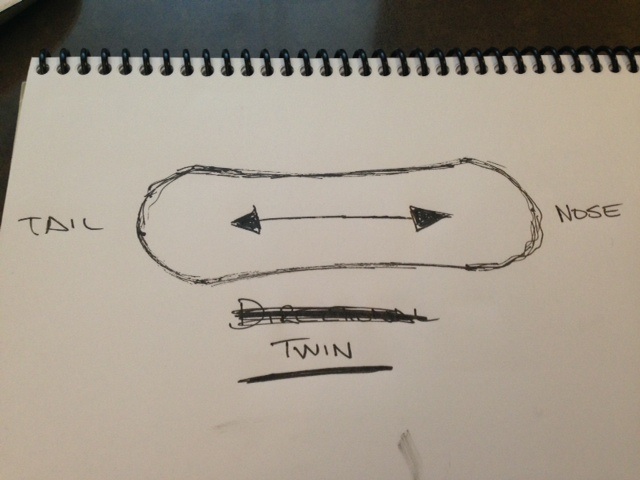
True Twin--True twin snowboards are 100% symmetrical. The nose and tail are the same length. The flex pattern and sidecut is uniform throughout and will feel the same whether you’re riding switch or regular. The binding inserts are centered on the board.
Examples: 2014 Ride Buckwild, 2014 Lib Skate Banana BTX
Almost Twin--They look like true twins on the rack (haha yo) but they’re not. Most have a little bit more nose than tail for better all-mountain performance and the binding inserts are centered. We’re splitting hairs here.
Examples: 2014 Rome Agent
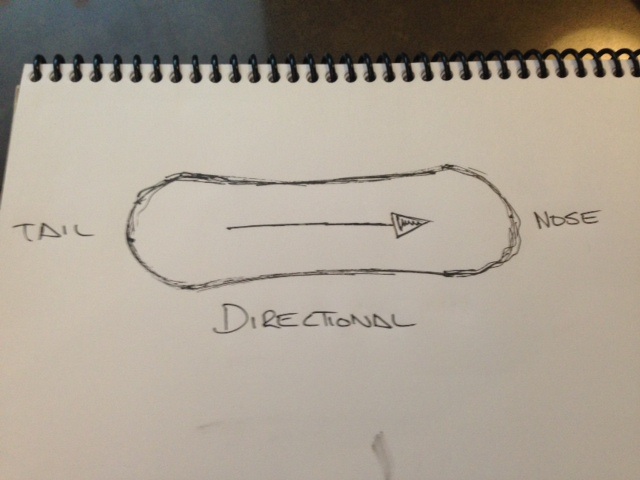
Directional--The binding inserts on directional boards are setback and designed to be ridden in your natural stance. The nose is longer on directional boards and the tail is stiffer so you can load up on hard turns. This is for cruising and carving, directional boards are better at speed when riding in your normal stance. Also, these boards can be ridden switch but they won’t perform as well as the sidecut or board materials were been designed to fit your regular stance.
Examples: 2015 Ride Wild Life, 2014 Burton Custom X
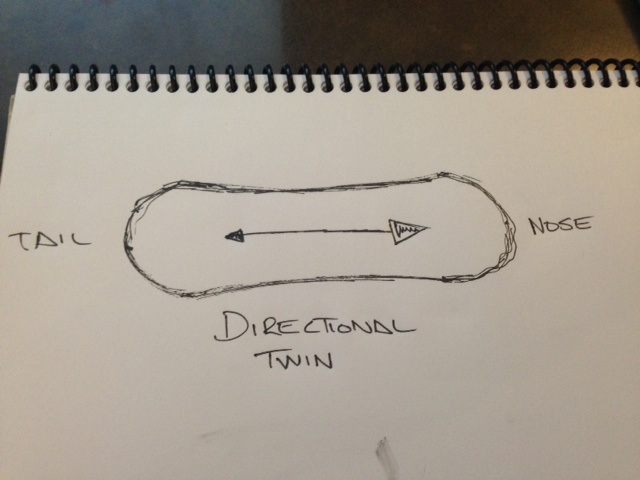
Directional Twin--Most have symmetrical tails and noses and the stance might be setback like a directional board. The difference is that the tail is more stiff than the nose.
Examples: 2014 Ride Highlife UL, 2014 Never Summer SL
Clones, I hope this helped you out in your search for the elusive magic stick. There’s tons of choices out there and it can be overwhelming, The most important thing is to be honest with yourself when buying a board. Only you know your own skill level and which types of terrain that you usually encounter. Choose wisely. And keeping sending it.
